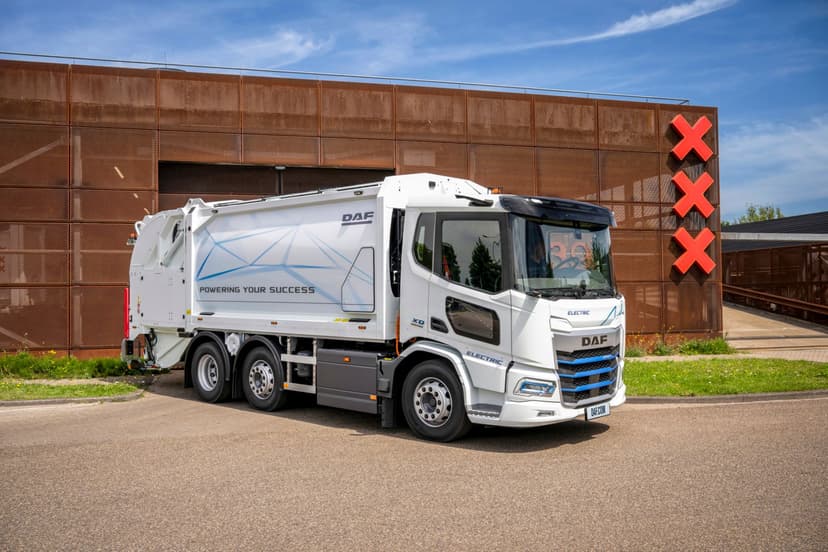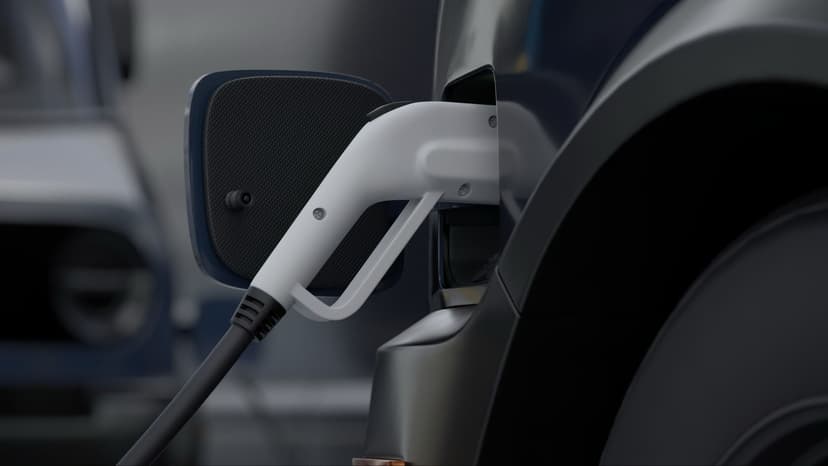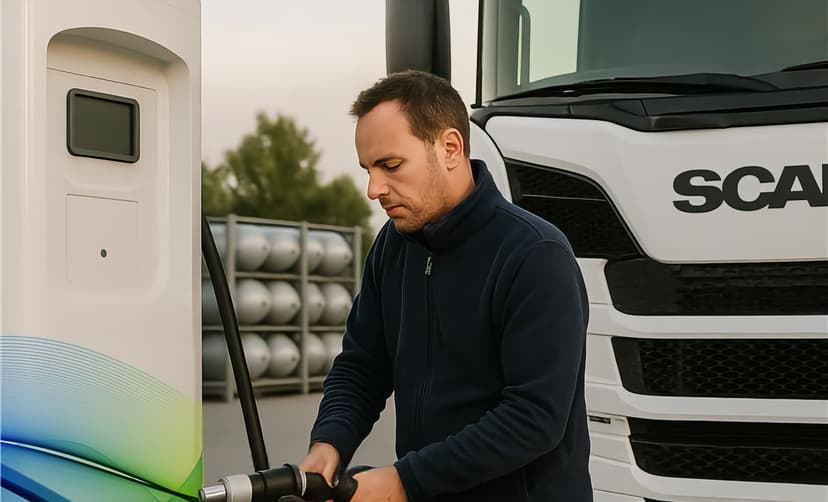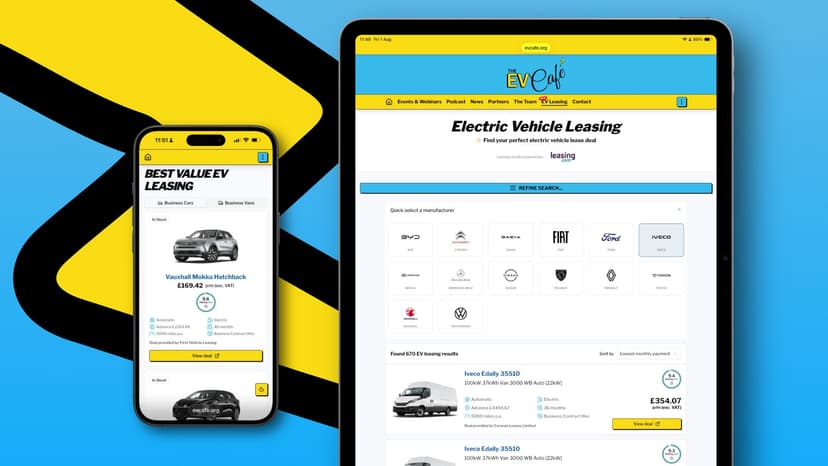This year’s Electric Vehicle (EV) Index, developed by HERE Technologies, the leading location data and technology platform, and SBD Automotive, a global automotive research firm, reveals Denmark as the new leader in Europe in the adoption and support of electric vehicles, with Norway and Luxembourg ranking second and third. Since the 2023 HERE-SBD Index, the total charging power available for electric vehicles (EVs) across the 27 EU member states, along with Norway, Switzerland, and the UK, has surged by 115 percent.
The 2024 HERE-SBD EV Index reveals contrasting trends between two of Europe’s largest markets: Germany and the United Kingdom. While Germany, 5th in the overall ranking, remains a major player in the European electric vehicle landscape, recent shifts have slowed EV adoption. Meanwhile, the United Kingdom struggles to keep pace with other European nations in developing its EV infrastructure.
The findings reveal both substantial progress and ongoing challenges in the adoption and support of electric vehicles, highlighting key metrics that reflect the growth and maturity across Europe. The HERE-SBD Automotive EV Index highlights the leaders and laggards of EV maturity since 2020, at the European country-level. The Index is based on the following metrics (each ranked out of a maximum score of 25 for a total score out of 100):
- How far you must drive to find a charger– number of public EV chargers per road length.
- How quickly you can charge– the average power capacity of public EV chargers.
- Number of EVs on the roadversus internal combustion engine vehicles – EV fleet share.
- Likelihood of finding an unoccupied charger– the ratio of registered EVs to public chargers.
Key Findings from the 2024 HERE and SBD EV Index
The top overall countries in the HERE–SBD Automotive EV Index
- Denmark
- Norway
- Luxembourg
- Netherlands
- Germany
The bottom overall countries in the HERE–SBD Automotive EV Index
- (26) Ireland
- (27) Poland
- (28) Cyprus
- (29) Hungary
- (30) Malta
Countries with most improvement in score:
Cyprus, Denmark, Greece, Lithuania, Finland and Romania.
Countries with most decline in score:
Hungary, Czech Republic, Portugal, Spain, Croatia and the Netherlands.
Top Performers
Denmark emerged as the top-ranking country in the 2024 Index, a significant leap from its 6th place position in 2023. This is attributed to the Danish government’s strong support for electrification, including tax exemptions and rebates, which have propelled the country to the forefront of EV adoption.
Mature Markets
Norway, a longstanding leader in the EV transition, slipped from 1st to 2nd place in the Index due to a slight reduction in total available public chargers. However, Norway remains a global blueprint for EV adoption, with nearly 50% of its overall vehicle population now electrified.
Germany’s Market Slowdown
Germany holds the title for the most battery electric vehicles (BEVs) in Europe, with nearly 1.5 million BEVs registered. However, the country's EV market has slowed significantly. The elimination of government incentives for EV purchases, driven by budget shortfalls and the belief that the market was becoming self-sustaining, has cooled demand. Despite this, Germany’s infrastructure metrics, such as chargers-per-BEV, have seen modest improvements due to continued investment in charging infrastructure.
Germany’s Position in the Index
Germany remains in the top 5 of the Index, holding the 5thposition, down from 4th last year. Despite the large number of registered BEVs, the country’s slight improvement in charger-related metrics suggests that while infrastructure is being developed, more aggressive measures may be needed to maintain momentum in the face of cooling EV sales.
Infrastructure Lag in the UK
The United Kingdom remains one of the slowest in the EU to develop its EV charging network. While the UK government has pledged to increase public charge points, progress has been slow, leading to a widening gap between the UK and its European counterparts like Germany and the Netherlands. This lag in infrastructure development could hamper the UK's ability to meet its ambitious EV adoption targets.
UK’s Challenges
The UK's position in the Index remains middling, reflecting its challenges in rapidly expanding its charging infrastructure. As other European nations, such as Denmark and Norway, push ahead with robust EV policies and infrastructure development, the UK risks falling further behind unless significant investments are made in public charging networks.
Broader European Context
While Germany and the UK face unique challenges, the broader European context shows a strong overall increase in public charging power, with a 115% increase since the 2023 Index. However, countries like Hungary and Portugal are also struggling, reflecting the diverse stages of EV market maturity across the continent.
Despite the progress in expanding EV infrastructure, slower growth in EV adoption highlights a persistent challenge: the need for a robust and reliable public charging network. To accelerate adoption, the industry must focus on creating a high-capacity and seamless charging experience. It is essential that users are delivered timely information on the status and availability of charging stations, down to the integration of a vehicle’s battery with its navigation system for more accurate on-route range predictions,
said Christopher Handley, Vice President of Dynamic Spatial Data at HERE Technologies.
Automakers, energy companies, governments and even petroleum giants are all deeply invested in developing the charging infrastructure that’s essential for the future of electric mobility. This herculean effort requires seamless coordination, not just among the industry players, but also with consumers, to ensure that demand for EVs is balanced with supply of both vehicles and charging options,
said Robert Fisher, Electrification and Sustainability Principal at SBD Automotive.
Government incentives and consumer education will continue to play a significant role in accelerating the transition as the market moves beyond early adopters and into the majority.







